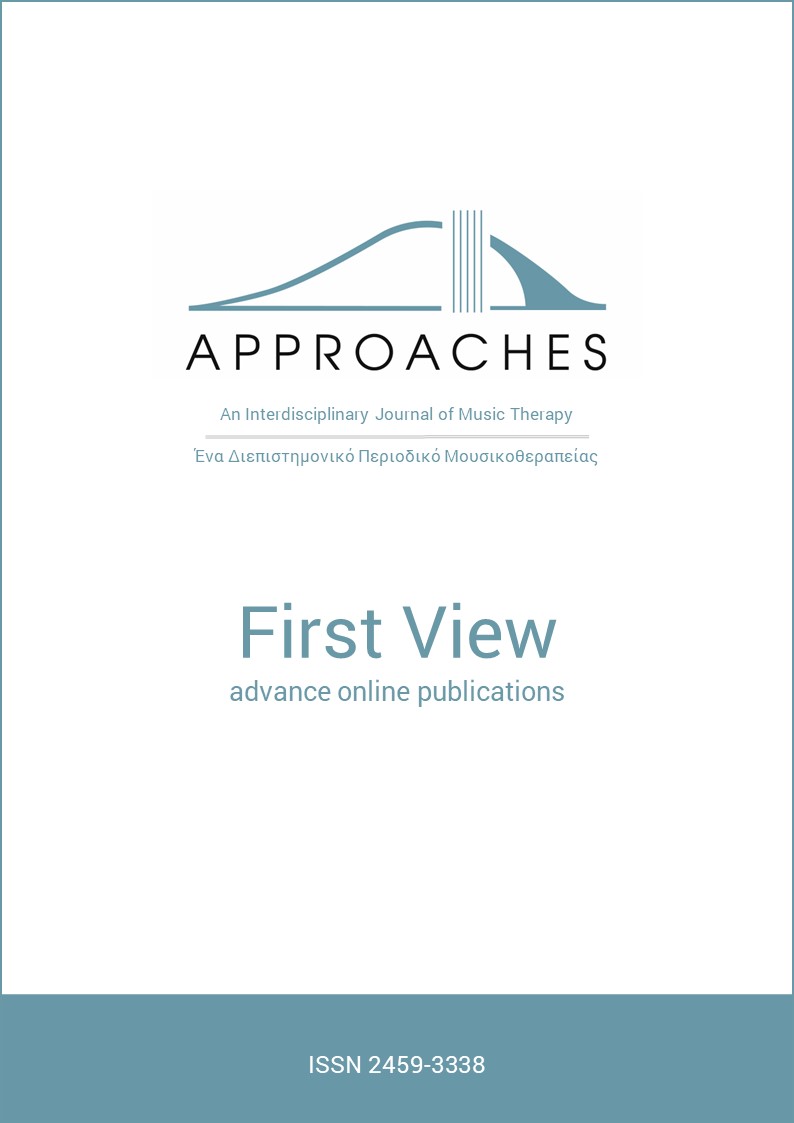Identifying different states of music-facilitated relaxation
DOI:
https://doi.org/10.56883/aijmt.2025.607Keywords:
relaxation, music-facilitated relaxation, self-regulation, arousal, tensionAbstract
Music-facilitated relaxation is commonly employed by professionals such as music therapists, as well as used recreationally by music listeners. According to the Russel's Circumplex model of affect, relaxation can be understood as a state of low arousal whilst Smith suggested that it includes a variety of positive affect states. The goal of this study was to explore how music listeners describe music-facilitated relaxation. The aims are to investigate 1) whether Smith’s relaxation model can be applied to music-facilitated relaxation, and 2) what is the role of valence and arousal in music-facilitated relaxation. Data was collected using an online survey. 109 participants were asked to describe their experience of music-facilitated relaxation in an open-ended question. Based on Smith's relaxation model and circumplex model of affect, the data was analysed using mixed methods content analysis. Participants described states of both reduced arousal and increased arousal, as well as positive and negative valence. Smith’s model could not be used to successfully identify all music-facilitated relaxation states. Based on the data and Smith’s model, five main categories, comprising 15 states of music-facilitated relaxation, were identified: Mindful (36% of total relaxation descriptions), Restful (21%), Transcendental (21%), Fulfilment (16%), and Energetic (6%). These results suggest that music-facilitated relaxation cannot be understood a state of low energy and positive emotions but rather aimed at achieving an optimal state for a current activity and situation. The findings of this research can inform future research and practitioners when planning to use music for relaxation or assessing client's music use.
Downloads
Published
Issue
Section
License
Copyright (c) 2025 Nerdinga Snape, Gulnara Minkkinen , Suvi Saarikallio, Esa Ala-Ruona

This work is licensed under a Creative Commons Attribution-NonCommercial-NoDerivatives 4.0 International License.




